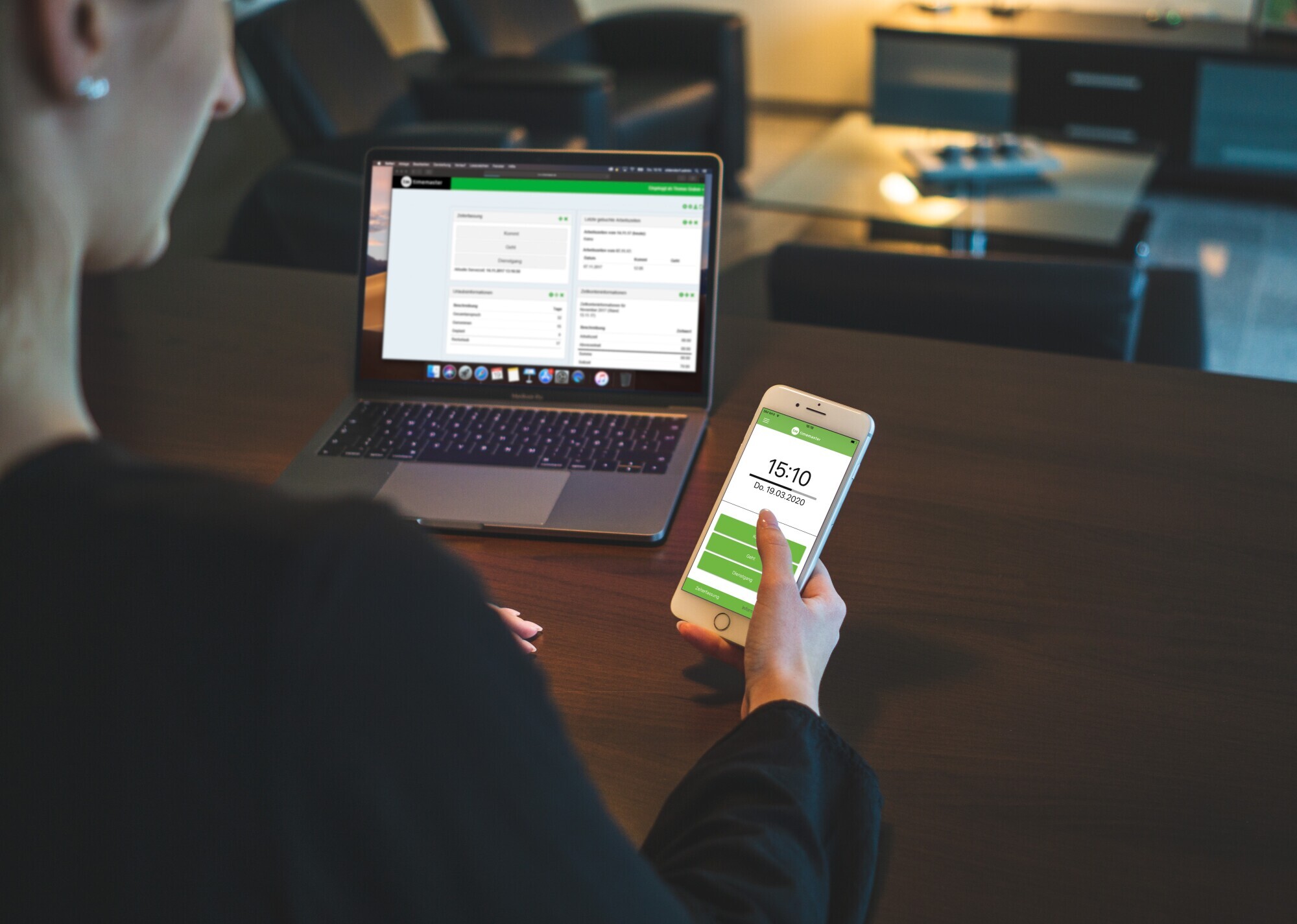Did you know that 90% of remote workers report being as productive or more productive at home than in the office? This highlights the importance of time and attendance tracking in managing remote teams effectively.
Let’s look into the best methods for tracking time and attendance of remote employees!
Challenges in Remote Workforce Management
One major issue is the difficulty of maintaining clear and consistent communication. Without face-to-face interactions, misunderstandings can occur more frequently. Remote workers may feel isolated or disconnected from their team, which can affect their engagement and motivation.
Another challenge is monitoring productivity and ensuring that employees are using their time efficiently. Unlike in a traditional office setting, managers cannot directly observe employees, making it harder to assess their performance.
Time zone differences can also create problems, especially for teams spread across various locations. Scheduling meetings or coordinating tasks can be complicated when team members work in different time zones.
There is also the issue of technology. Not all employees may have access to the necessary tools or a reliable internet connection, which can hinder their ability to work effectively. Security concerns are another challenge, as remote work can increase the risk of data breaches if proper measures aren’t in place.
Managing these challenges requires thoughtful strategies and tools that help bridge the gap between remote employees and their managers. By addressing these issues, companies can foster a productive and connected remote workforce.
Effective Time and Attendance Tracking for Remote Teams
Using the right time tracking software is vital for managing remote teams efficiently. These tools help keep track of work hours and ensure employees are accountable for their time.
They provide detailed reports that help managers understand how time is spent on various tasks and projects. This insight allows for better planning and resource allocation. Many time tracking tools integrate with project management software, making it easier to coordinate tasks and monitor progress.
Time tracking software can also reduce the risk of time theft and unauthorized overtime. By automatically recording start and end times, these tools provide accurate data that can be used for payroll and billing purposes.
This accuracy helps prevent disputes over hours worked and ensures that employees are paid correctly. Some tools offer features like screenshots and activity logs, which provide a clear picture of an employee’s workday.
When choosing a time tracking tool, it’s important to consider the needs of your team. Look for software that is user-friendly and easy to implement. It should offer features that align with your team’s workflow and business goals.
Security is also a key consideration, as these tools often handle sensitive employee data. By selecting the right software, companies can improve productivity, reduce costs, and ensure compliance with labor laws. This approach helps create a more organized and efficient remote work environment.
Implementing Employee Monitoring Tools
Employee monitoring tools can play a significant role in managing remote teams by offering insights into productivity and work patterns. These tools can track various activities such as application usage, website visits, and keyboard strokes, helping managers understand how employees spend their time.
They provide valuable data that can highlight productivity trends and potential areas for improvement. By using these tools, companies can address issues like time theft and ensure that employees are focused on their tasks.
Transparency and Fairness
While monitoring tools offer many benefits, it’s important to approach their implementation with transparency and fairness. Employees should be informed about what data is being collected and how it will be used.
This openness helps build trust and avoids feelings of surveillance or intrusion. It’s also essential to focus on productivity and results rather than micromanaging every detail of an employee’s workday.
Choosing the right monitoring tool involves considering the needs of your team and the nature of your work. Look for software that aligns with your company’s goals and culture.
The tool should be easy to use and offer customizable features that suit your specific requirements. Security is another key consideration, as the software will handle sensitive information.
By implementing employee monitoring tools thoughtfully, companies can create a productive and supportive remote work environment. These tools help managers make informed decisions, optimize workflows, and foster a culture of accountability and transparency.
Techniques for Productivity Tracking
Tracking productivity in remote teams requires a mix of tools and strategies that cater to different work styles and goals. One effective method is setting clear and measurable objectives for each team member.
These goals should align with the overall project targets and be broken down into manageable tasks. Regular progress checks and feedback sessions can help employees stay on track and feel supported in their roles.
Project Management Tools and Communication
Project management tools can also play a significant role in productivity tracking. These tools allow managers to assign tasks, set deadlines, and monitor progress in real-time.
By using such tools, teams can easily coordinate their efforts and ensure that everyone is on the same page. This approach fosters accountability and encourages employees to take ownership of their work.
Communication is another critical aspect of productivity tracking. Regular virtual meetings, whether daily or weekly, provide a platform for team members to share updates and discuss any challenges they face. This interaction helps maintain a sense of community and connection, which can boost motivation and morale.
Positive Work Environment
Fostering a positive work environment is essential. Recognizing and rewarding achievements can motivate employees and reinforce the value of their contributions.
Encouraging work-life balance and flexibility can also enhance productivity, as employees are more likely to perform well when they feel supported and understood. By combining these techniques, managers can effectively track productivity and create a thriving remote work culture.
The Best Productivity Tracking Tools!
Effectively managing remote teams requires a combination of technology and thoughtful practices. By using Time and Attendance Tracking, communication tools, and productivity strategies, managers can ensure accountability and efficiency.
TimeTrak is the ideal employee time tracking software. Unlike other employee time tracking software, ours uses a graphical interface, making it easy to identify absences and missing punches. Your company can wave goodbye to messy timesheets, complicated time card systems, and clunky mechanical time clocks.
Get in touch today to find out how we can help with your timecard needs!





